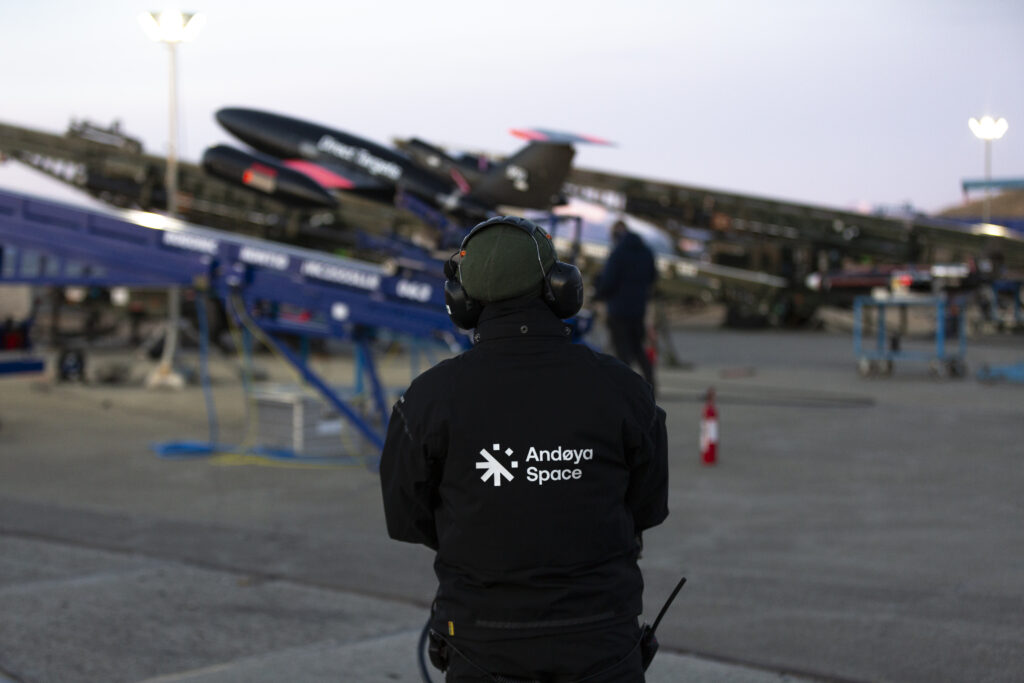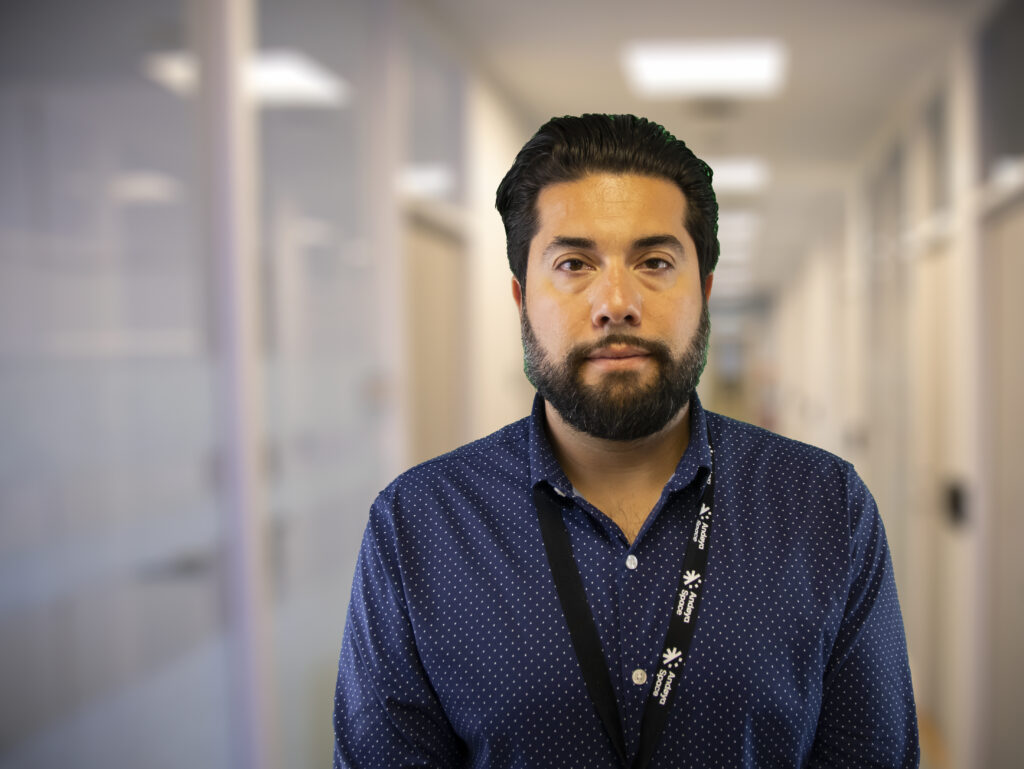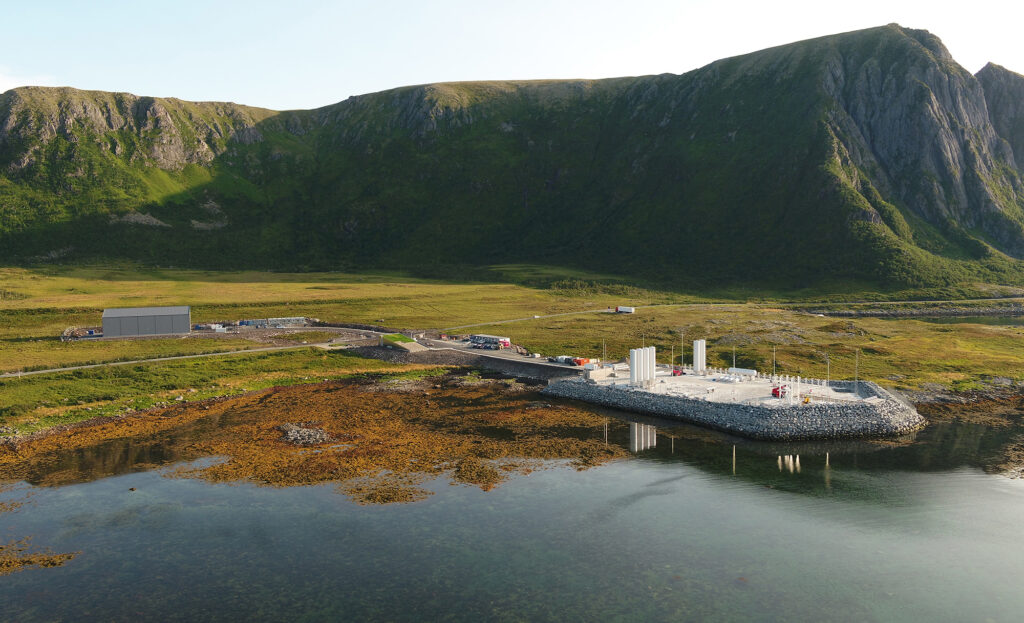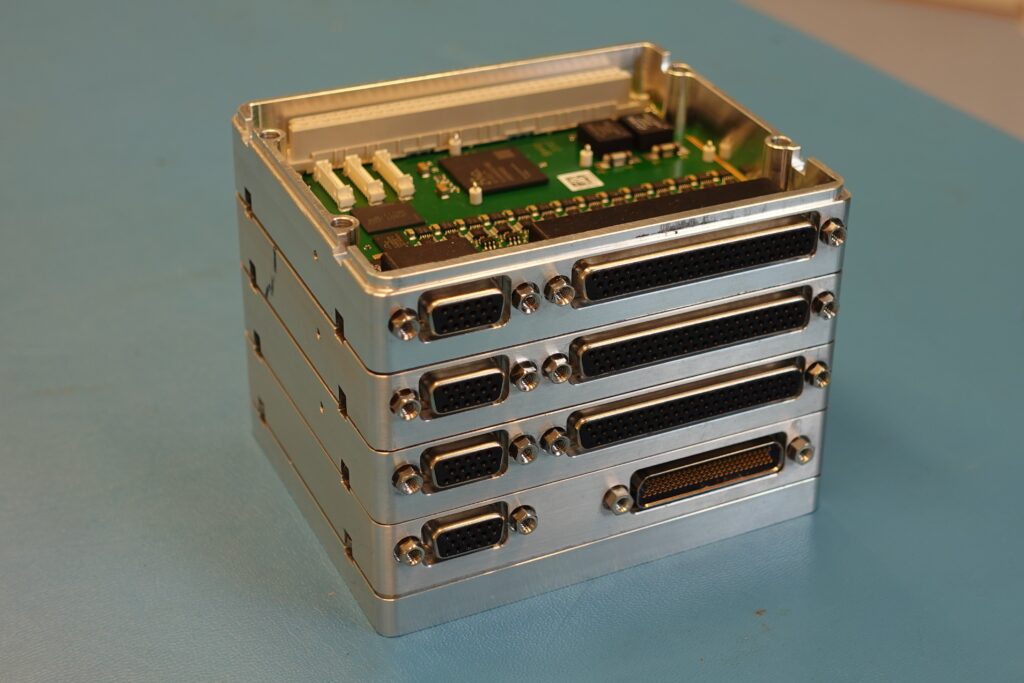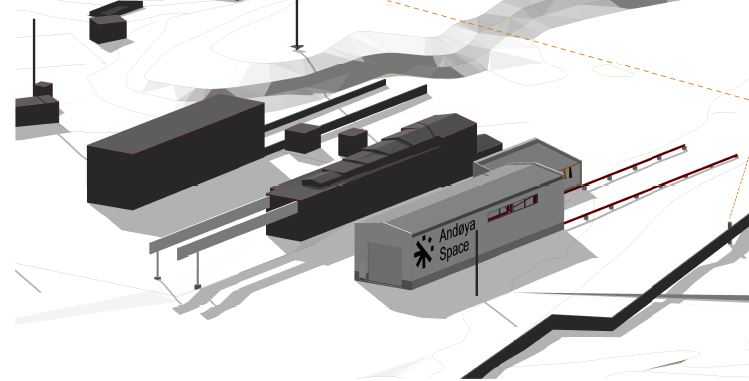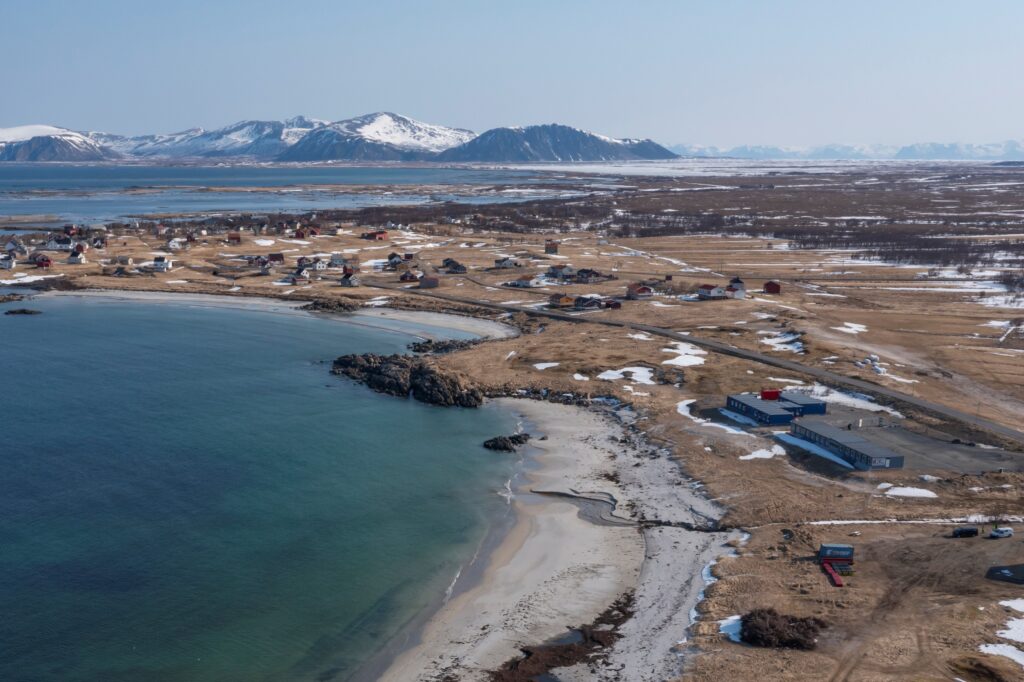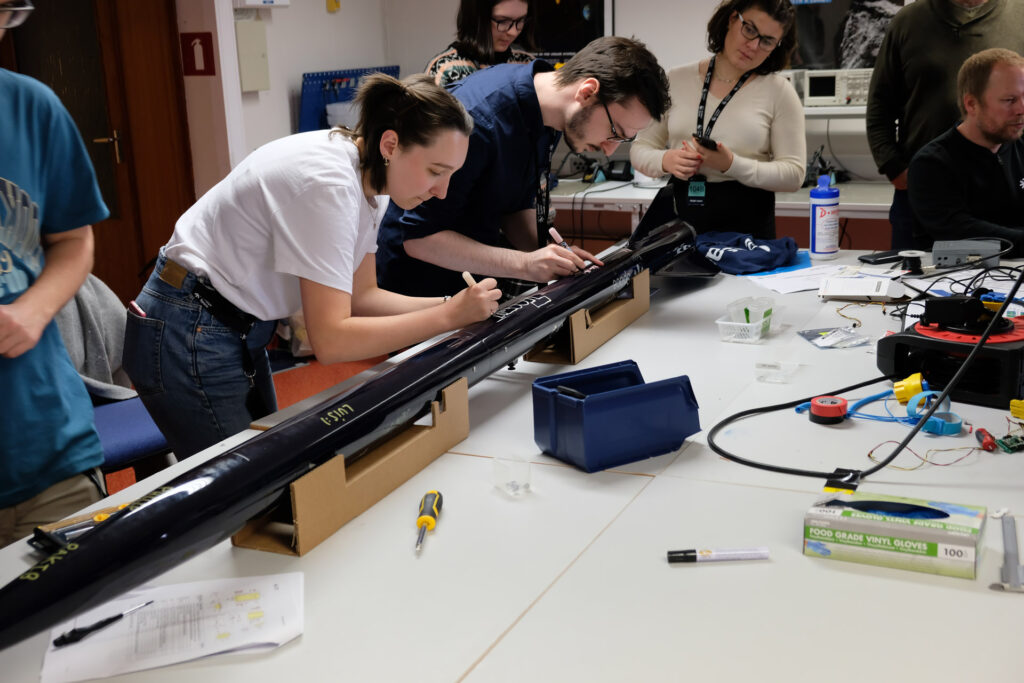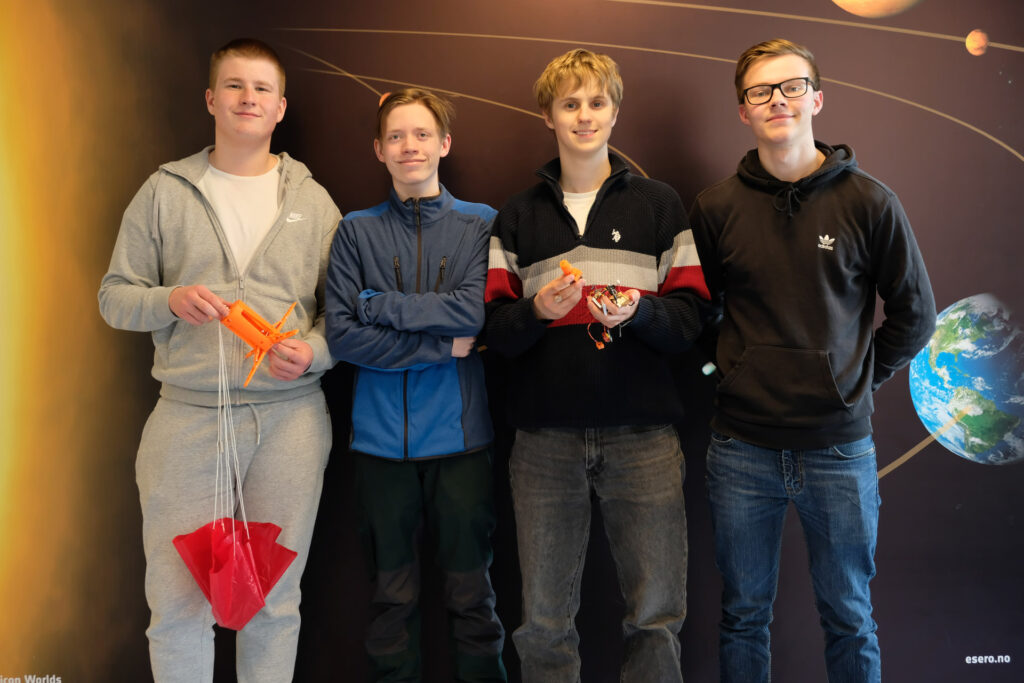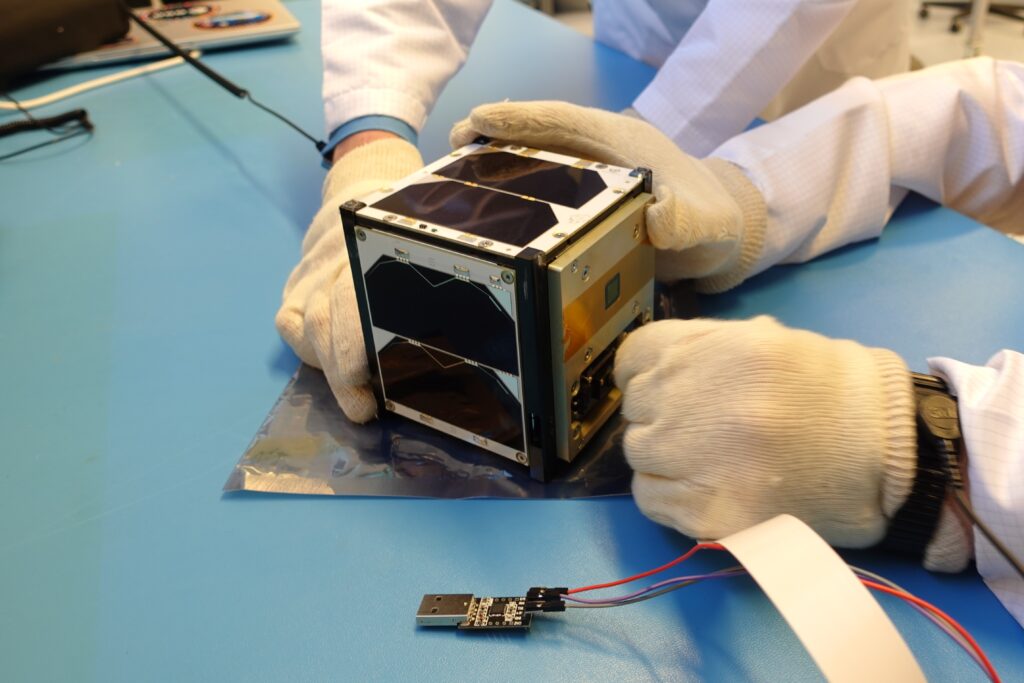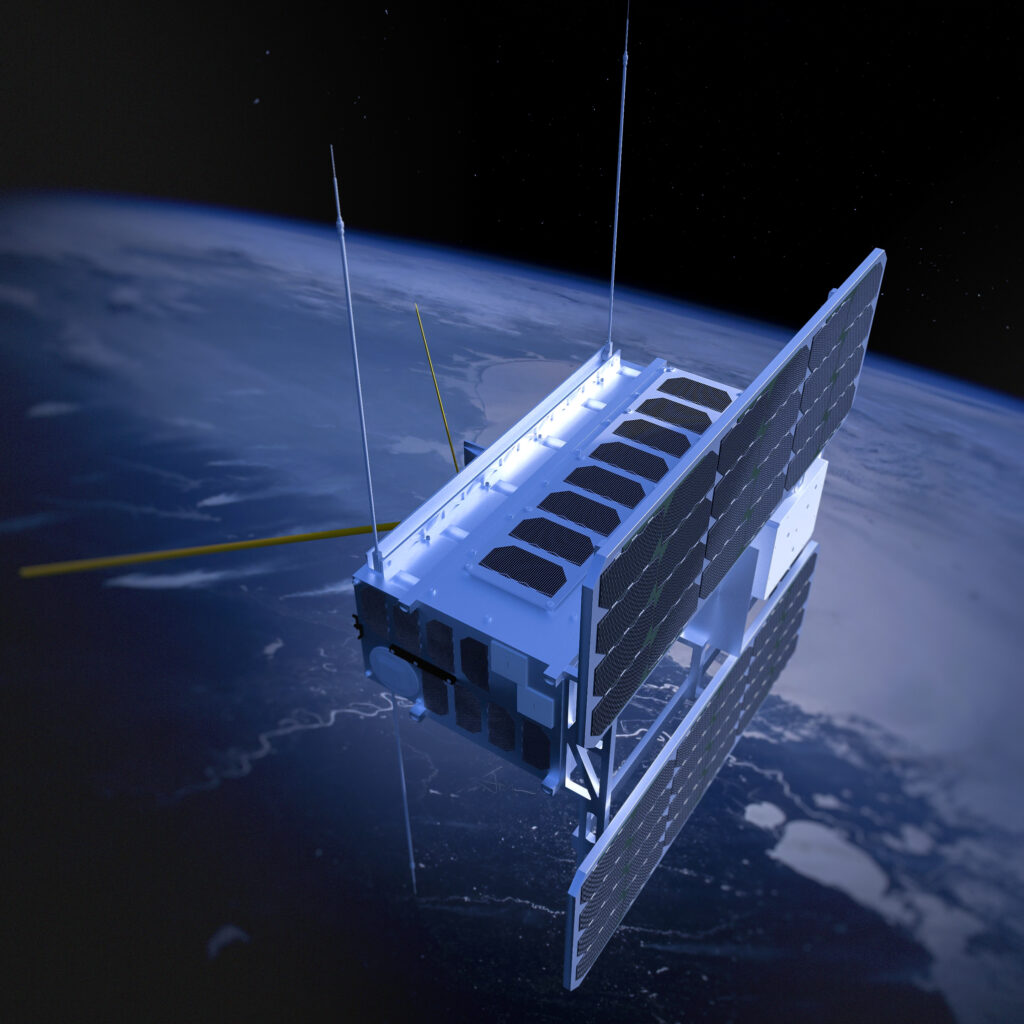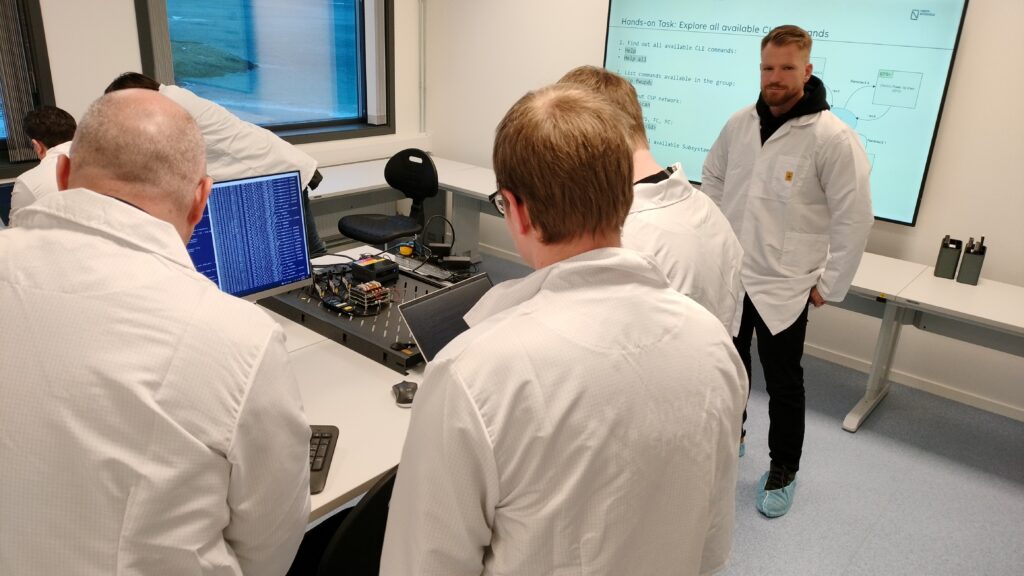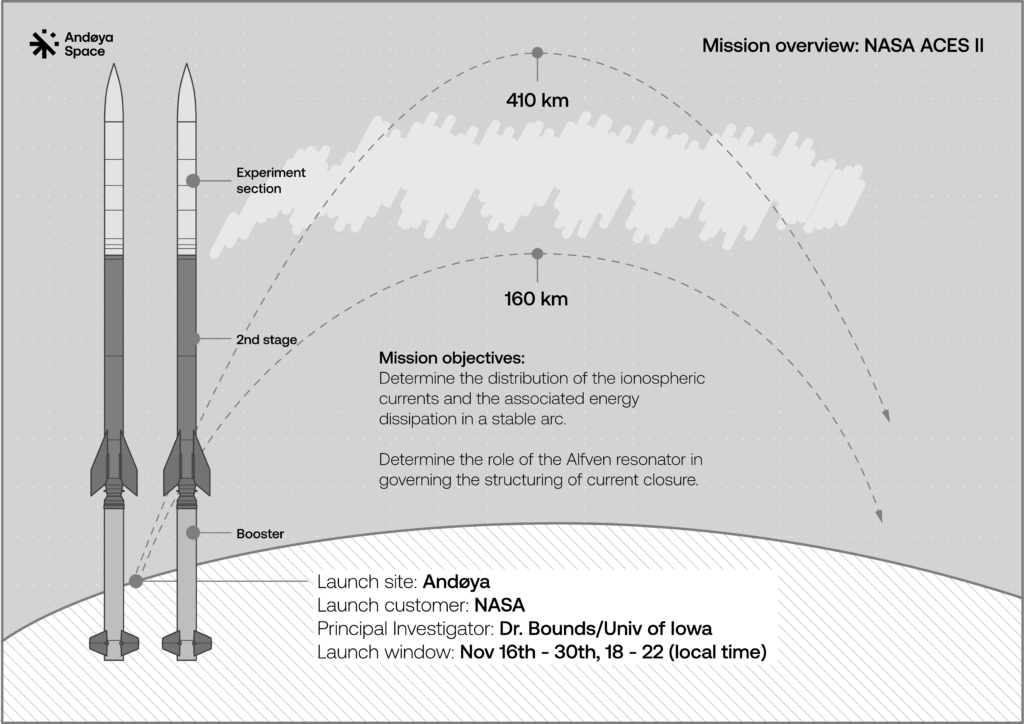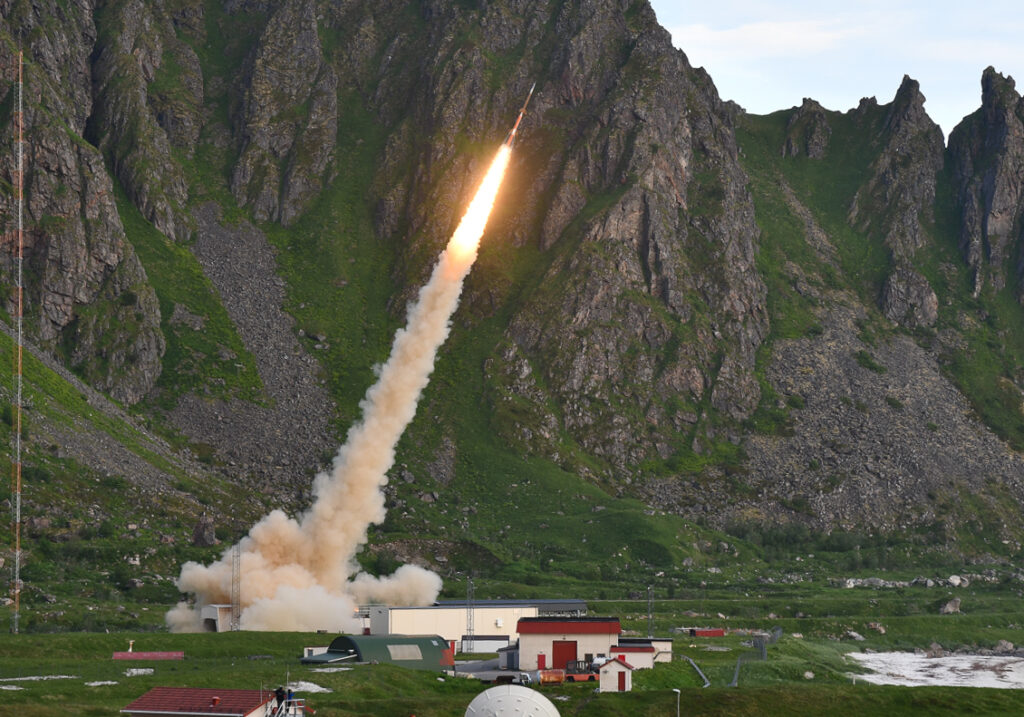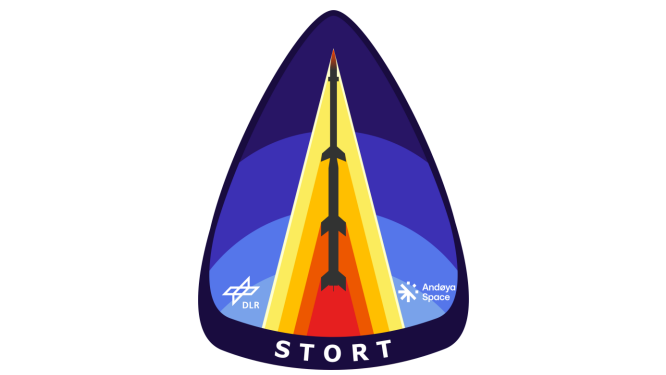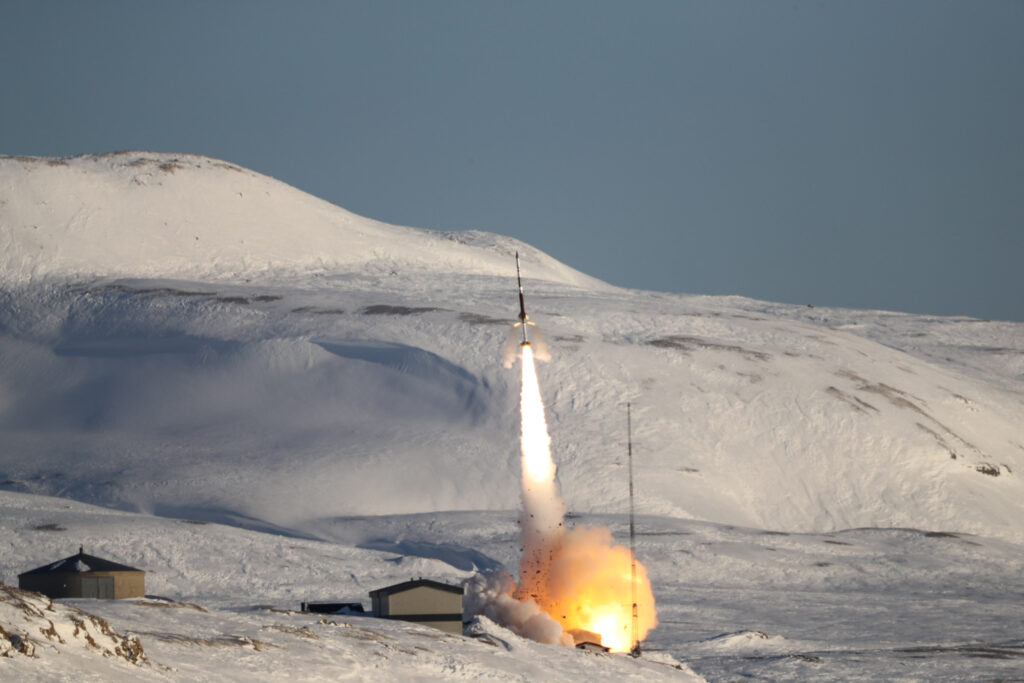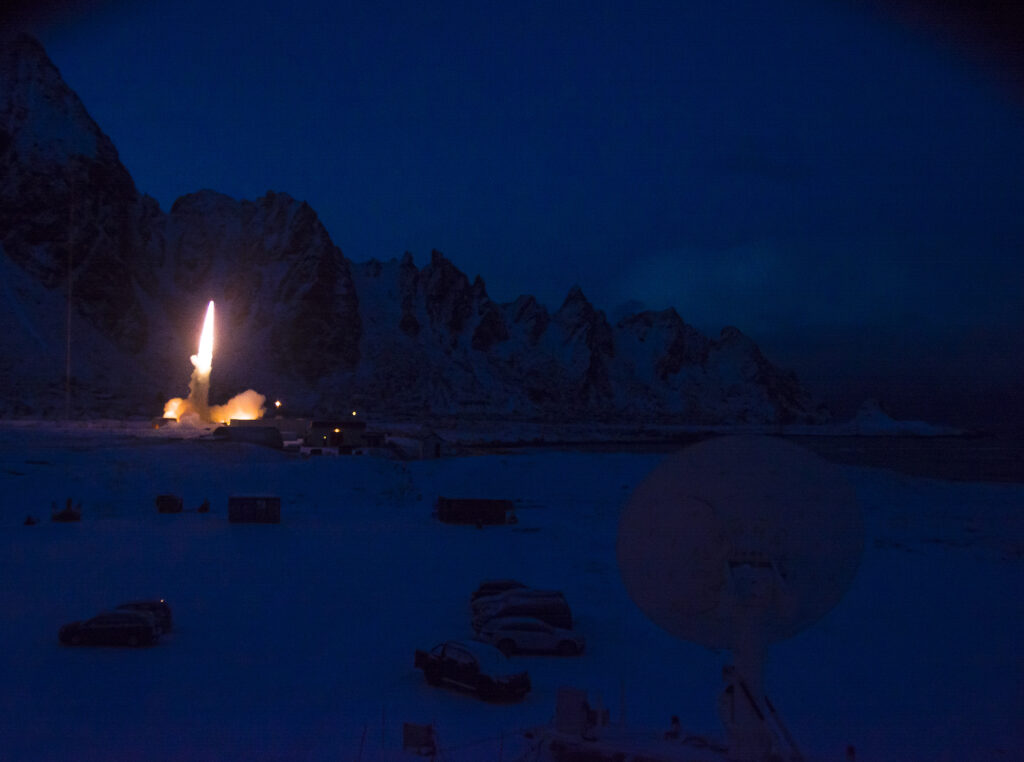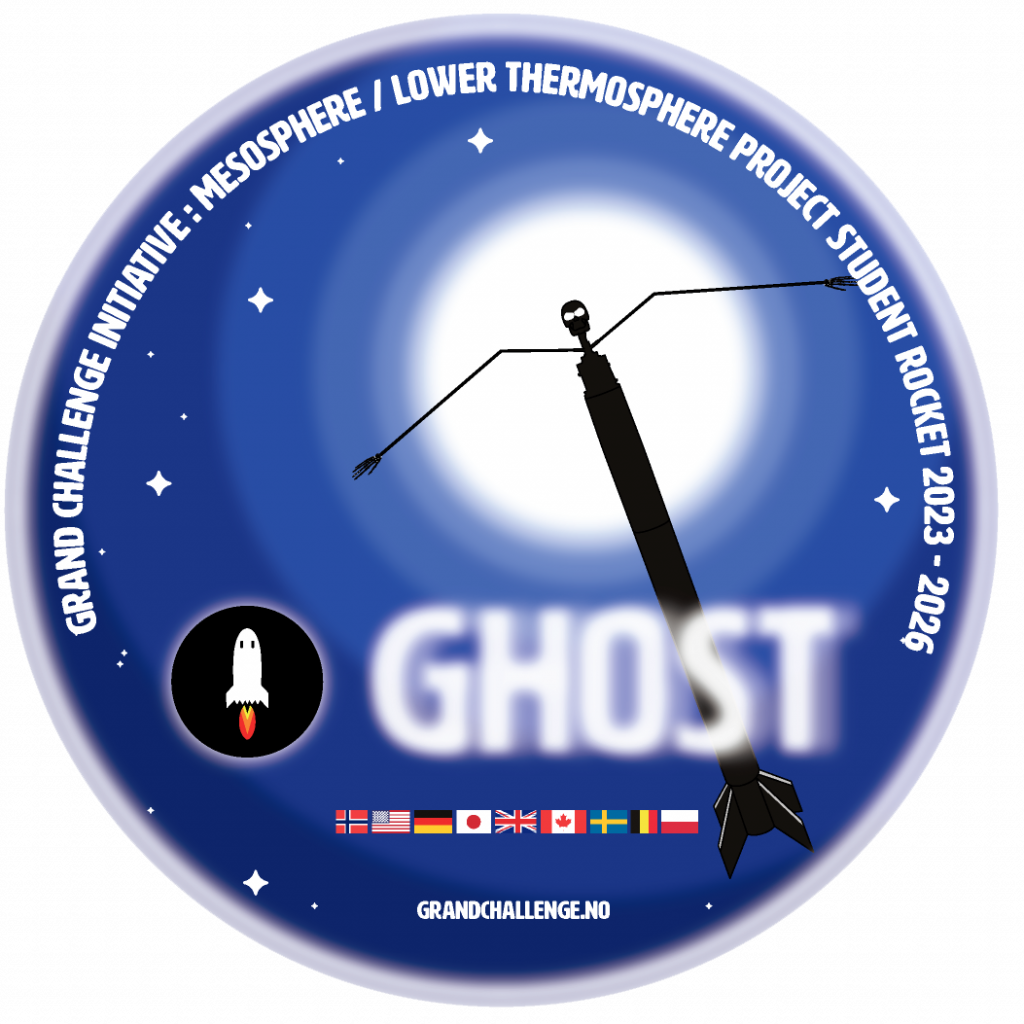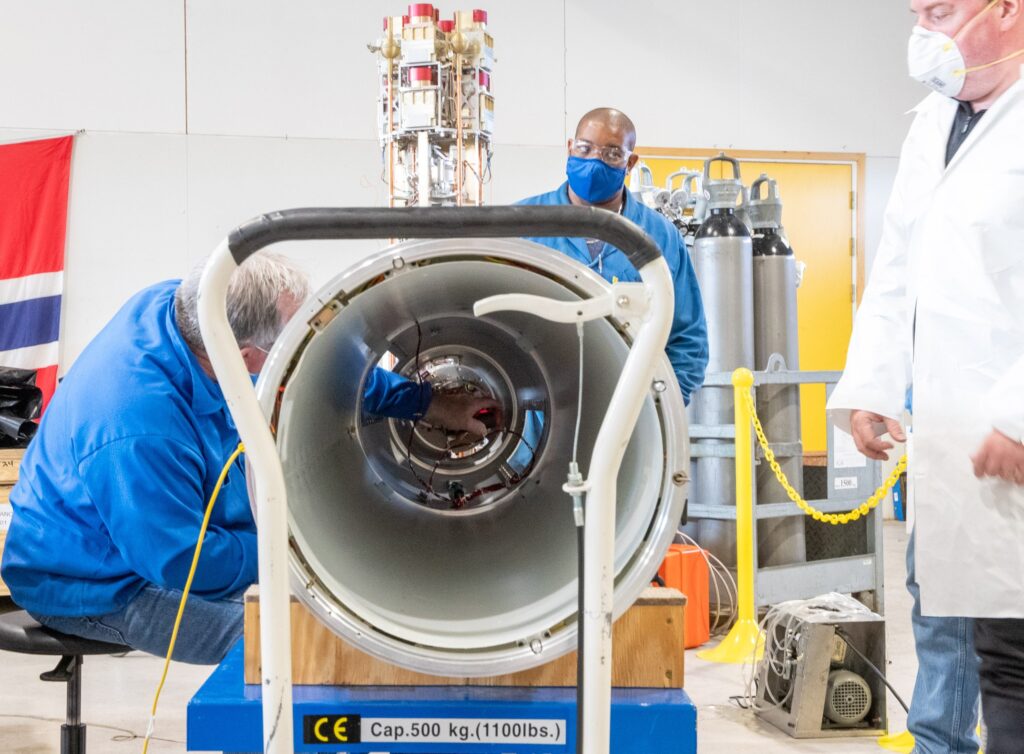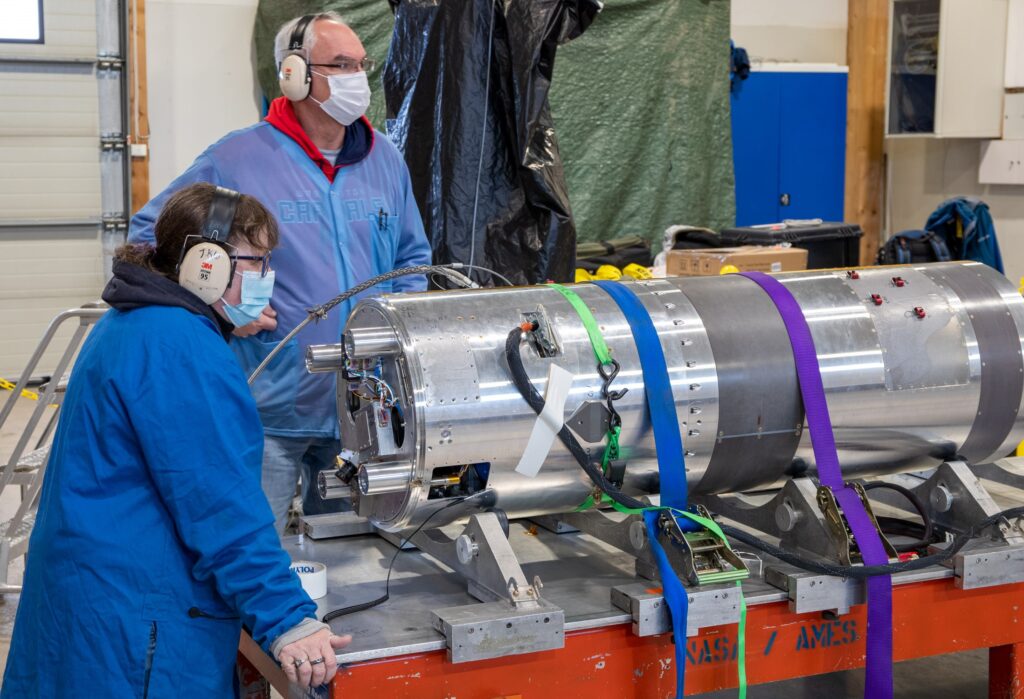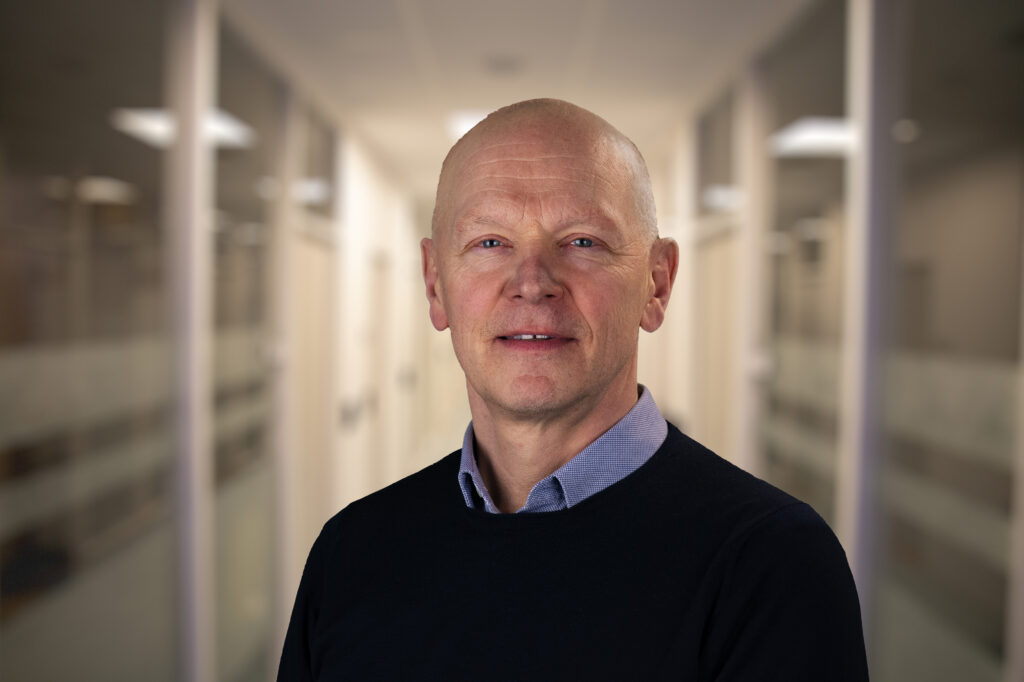Andøya Spaceport, future launch site of Isar Aerospace, was officially opened by H.R.H. Crown Prince Haakon of Norway on Thursday November 2nd, 2023.
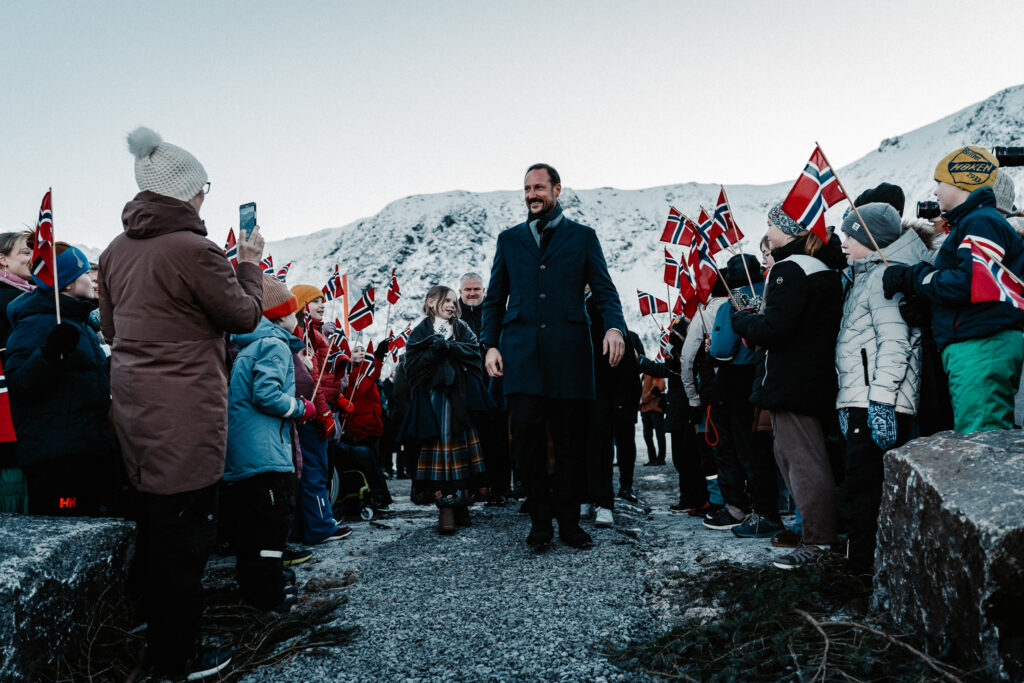
- Andøya Spaceport to become the first operational orbital spaceport in continental Europe to finalize the construction of the launch site.
- This is the beginning of many satellite launches from European commercial space company Isar Aerospace from European soil.
- The opening of the spaceport marks a crucial milestone on Isar Aerospace’s path to the first test flight.
Andøya, Norway 02 November 2023 – Today, the launch site operator Andøya Spaceport celebrated the opening of the first operational spaceport in continental Europe, which will become the first launch site of the European launch service company Isar Aerospace. The spaceport is located at Nordmela on the Norwegian island of Andøya and is in the final stages towards operating capability. In an official ceremony, H.R.H. Crown Prince Haakon inaugurated the spaceport, an event which also marks a crucial milestone on Isar Aerospace’s path to its first test flight.
Fully constructed, the spaceport will host several launch pads. Isar Aerospace has exclusive access to the first launch site, which was built to Isar’s specifications, including a launch pad, payload integration facilities as well as a mission control center. This set-up guarantees greatest flexibility and planning security for Isar Aerospace and its clients in bringing small- and medium-sized satellites to space. The launch site will support the two-stage launch vehicle Spectrum, which is set to carry out final stage testing.
Daniel Metzler, CEO and Co-Founder of Isar Aerospace said: “Today, Norway, the Andøya region and Isar Aerospace take a big step towards space. Over the last five years, we have built a rocket that will help to solve the most crucial bottleneck in the European space industry – sovereign and competitive access to space. Together with Andøya Spaceport, our team has created an excellent piece of engineering, the first orbital launch site in continental Europe which will bring this access to space to Norway, and back to Europe. For Isar Aerospace, this step equals entering the final stages of our path to first flight. For Europe, it means being able to harness the power of the space platform.”
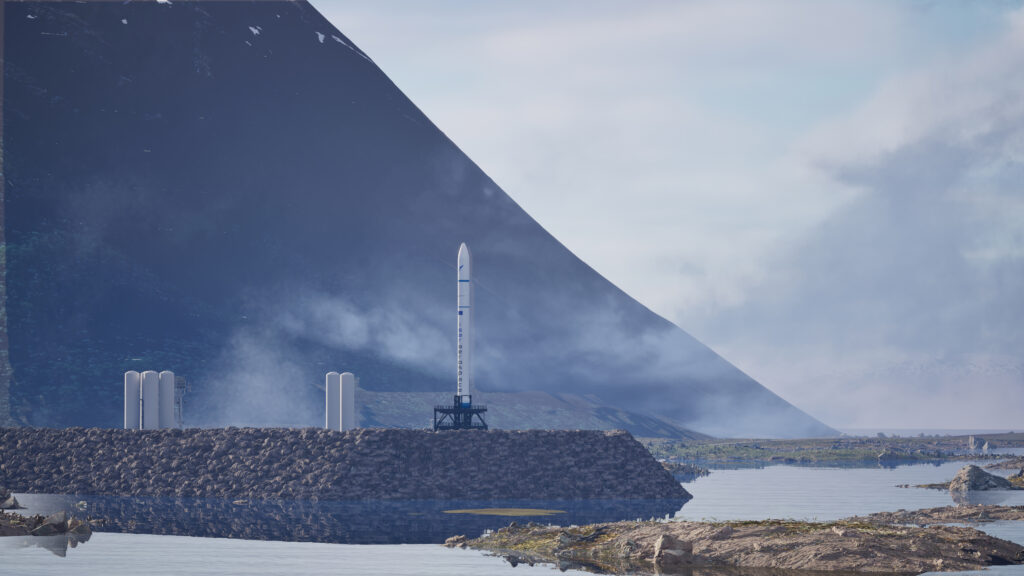
Andøya Spaceport to become first operational orbital spaceport in Europe
Andøya Space has a long history in providing infrastructure for suborbital launches. Since 1962, around 1,200 launches of sounding rockets and long duration balloons have taken place at Andøya. With Isar Aerospace to perform Spectrum’s first test flight, Andøya Spaceport will become the first operational orbital spaceport in continental Europa. Given its location far north at a coastline, Andøya Spaceport can offer launches to highly retrograde orbit inclinations. These are favorable for sun synchronous as well as polar orbits which the market has a strong demand for as launch sites for these orbits are limited globally. Andøya Spaceport is a fully-owned subsidiary of Andøya Space.
The satellite industry is not only a critical factor in addressing national and international challenges but also a catalyst for innovation and economic growth. With a spaceport, Norway becomes one of the very few countries capable of launching satellites from its own territory. This opens the door for an entire new ecosystem of stakeholders, generating more job opportunities and fostering innovative thinking.
Ingun Berget, President of Andøya Spaceport said: “The opening of the spaceport on Andøya island marks an important milestone for Norway, European New Space industry and our partnership with Isar
Aerospace: This enables us to have the first satellite launches ever from European soil to take place from Andøya. The attendance of today’s opening by Crown Prince Haakon underlines the importance of our endeavor and puts us on the New Space map in Europe.”

Isar Aerospace well on track towards the first test flight
Isar Aerospace is in the final stages of preparation towards its first test flight of Spectrum: After having completed the system designs of its launch vehicle Spectrum, it currently is in the production phase of all parts of the rocket, including the flight engines. The rocket stages will then have to undergo acceptance testing, a series of tests that will verify that the systems meet all necessary requirements for flight.
Isar Aerospace will offer the first fully privately funded European launch solution to meet the growing demand for transporting small and medium-sized satellites into space. The founder-led company carries out almost the entire value creation in-house, including proprietary propulsion systems, avionics, software and structures. The Spectrum rocket will also have an entirely new propellant set, which will reduce emissions substantially compared to classical rockets. With a pragmatic engineering approach, highly automated in-house manufacturing and a simple design, Isar Aerospace will reduce the costs of each rocket launch drastically. By providing the first competitive launch solution in and out of Europe, Isar Aerospace will be a crucial player in Europe’s vital space push in the years to come.
About Andøya Spaceport
Andøya Spaceport is a fully owned subsidiary of Andøya Space, which have over sixty years of experience in the space industry. Andøya Spaceport is focusing on providing launch sites and related services for companies who wish to launch small to medium satellites into polar and sun-synchronous orbits. Andøya Spaceport operates a complete toolbox, including tracking radar, telemetry, and ground-based flight termination systems. The location at Andøya is ideal with easy logistics and direct orbit insertion. More information at: www.andoyaspace.no
Press contact Andøya Spaceport
Trond Abrahamsen
M +47 907 43 911
E trond.abrahamsen@andoyaspace.no
About Isar Aerospace
Isar Aerospace, based in Ottobrunn/Munich, develops and builds launch vehicles for transporting small and medium-sized satellites as well as satellite constellations into Earth’s orbit. The company was founded in 2018 as a spin-off of Technical University Munich. Since then, it has grown to more than 300 employees from more than 40 nations with many years of hands-on rocket know-how and experience within other high-tech industries. More information via: www.isaraerospace.com
Press contact Isar Aerospace
Tina Schmitt
M +49-170-8584834
E tina.schmitt@isaraerospace.com
Press photos
Press kit of the event can be found here incl. photo and video footage.


